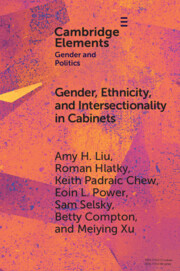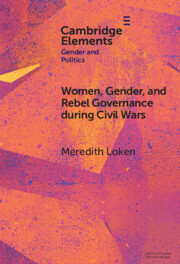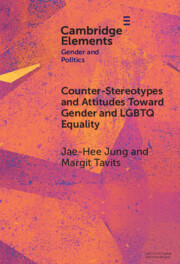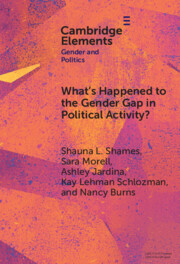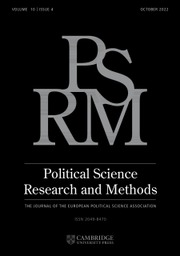Gender, Ethnicity, and Intersectionality in Cabinets
What explains patterns of representation – of women and ethnic minorities – in government cabinets? The authors argue governments diversify their cabinets when (1) a minority group – and it need not be ethnic – is sizable and can mobilize (political competition); and/or (2) the general population believes in and expects the inclusion of minorities (popular norms). The authors test their argument using original cabinet data from Asia and Europe (N=93) 1960-2015 and a most-similar design of four case studies. They identify the gender and ethnicity of 91,000 country-year-minister observations – with consideration of the rank of their ministerial portfolio. They find evidence that in countries where there is political competition and/or popular norms, cabinets have fewer double-hegemons. However, this does not necessarily suggest minorities are holding portfolios of substantive prestige. This project offers a way to study intersectionality in democratic representation and political institutions.
Product details
January 2025Paperback
9781009570435
102 pages
230 × 151 × 5 mm
0.16kg
Available
Table of Contents
- 1. Introduction
- 2. A Theory on Minorities in Cabinets
- 3. Minorities and Cabinet Compositions
- 4. Minorities and Portfolio Prestige
- 5. Minorities in Cabinets in Four Cases
- 6. Democracy and Cabinet Composition
- 7. Discussion: What Next?.

